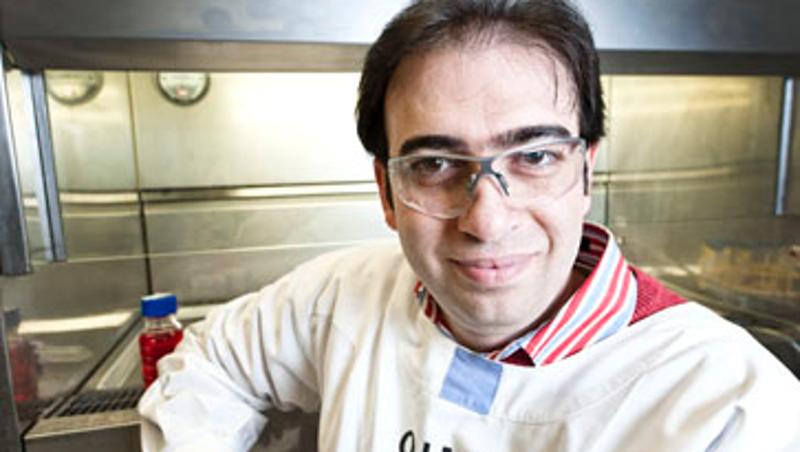
With Queensland having the highest incidence of basal cell carcinoma (BCC) in the world, a Queensland University of Technology (QUT) scientist is investigating whether genetic and environmental factors that lead to BCC on the face and neck are different from those on less sun-exposed parts of the body.
Dr Mohammad Khalesi, who is undertaking his research at the Queensland Institute of Medical Research (QIMR), aims to find if the causes of BCC differ depending upon where they are located on the body and whether genetic factors play a part.
"We know that about a quarter of all BCCs appear on the trunk of the body, areas with no or minimal exposure to the sun," he said.
"We also know that BCC on the trunk generally arise in younger patients and are more common in men than in women.
And people with BCC on their trunk are also more likely to have a higher total number of the lesions diagnosed and have multiple BCCs at a single time point."
Dr Khalesi said it had been observed that melanoma skin cancers at different body sites arose through different environmental and genetic pathways - but few studies had yet been conducted into whether BCC shared this similarity.
"All we know at this point is that BCC is associated with the amount of sun exposure received, but the role of sun exposure may differ according to where on the body the BCC arises," he said.
"I will also look at patients' acne history because there is some evidence to suggest that acne could be associated with lower risk of BCC."
He said while BCCs were rarely fatal, in some cases they could lead to facial disfigurement, an outcome that could have a negative impact on a person's life.
BCCs are the most common type of cancer in the world. The cost of treating them in Australia was estimated at more than $200 million per year making it the most expensive cancer to treat.
Dr Khalesi's study which will comprise around 300 BCC patients in Queensland, will involve a comparison of the genetic, constitutional and environmental characteristics of people with BCC in different body sites.
"Once we understand why there is a difference in BCC, depending upon where they appear on the body, we hope that it will lead to better prevention, and possibly to more targeted screening," Dr Khalesi said.
Dr Khalesi became a qualified medical doctor in Iran where he practised medicine for six years before immigrating to Australia in 2010. He is currently undertaking his PhD studies with QUT and QIMR.
He expects to have research results within three years.
The research project is funded by the NHMRC Centre for Research Excellence in Sun and Health.
Media contact: Rose Trapnell, QUT media officer, 07 3138 2361 or rose.trapnell@qut.edu.au


